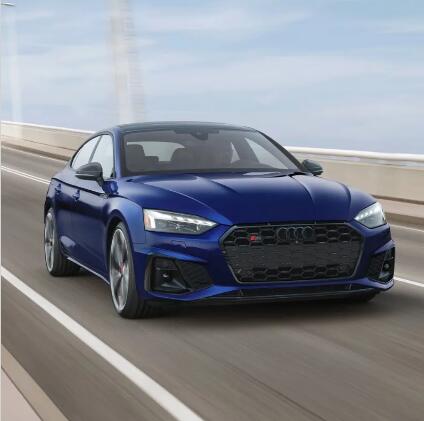Understanding Passenger Vehicle Classification: An Overview
2024-10-31
Passenger vehicles play a vital role in transportation, catering to a diverse range of needs from personal travel to commercial use. However, the classification of these vehicles can be complex, influenced by various factors such as size, purpose, design, and operational characteristics. This blog post aims to provide a comprehensive overview of how passenger vehicles are classified, examining the different categories and the criteria used in this classification.
1. Defining Passenger Vehicles
Passenger vehicles are primarily designed for transporting people rather than cargo. They include a broad spectrum of vehicles, from compact cars to large vans and SUVs. The classification of passenger vehicles is essential for regulatory purposes, safety standards, and taxation, helping to define vehicle specifications and manufacturer responsibilities.
2. Classification Criteria
Passenger vehicles are classified based on several criteria, including:
- Size and Capacity: One of the most common ways to classify vehicles is by their size and seating capacity. This includes subcategories like compact, mid-size, and full-size vehicles, each defined by specific dimensions and seating arrangements.
- Body Style: Vehicles can also be classified based on their body style, such as sedans, hatchbacks, coupes, convertibles, SUVs, and vans. Each body style serves different functional purposes and appeals to various consumer preferences.
- Fuel Type: The classification can extend to the type of fuel used, which includes gasoline, diesel, hybrid, and electric vehicles. This distinction is increasingly important as environmental concerns drive changes in consumer preferences and government regulations.
- Purpose of Use: Vehicles can be classified based on their intended use, such as personal, commercial, or public transportation. This includes taxis, ride-sharing vehicles, and shuttle services, which are designed specifically for transporting passengers.
3. Common Passenger Vehicle Categories
Understanding the major categories of passenger vehicles helps in recognizing their specific attributes and uses:
- Sedans: Typically characterized by four doors and a separate trunk, sedans are popular for personal use and are known for their comfort and fuel efficiency.
- Hatchbacks: These vehicles feature a rear door that swings upward, providing access to the cargo area. Hatchbacks often offer versatility in seating and storage, making them ideal for families.
- Coupes: Usually two-door vehicles, coupes emphasize sportiness and style, often appealing to younger drivers. They typically have a fixed roof and a sporty design.
- SUVs (Sport Utility Vehicles): SUVs combine the features of passenger vehicles and off-road vehicles. They offer higher seating positions, larger cargo capacities, and capabilities for off-road driving, making them popular among families and adventurers.
- Vans: Designed primarily for transporting larger groups, vans come in various sizes, from compact to full-size. They are favored for family travel and commercial use due to their spacious interiors.
- Pick-up Trucks: While often classified under commercial vehicles, light-duty pickup trucks are increasingly used for personal transportation. They offer utility and towing capabilities while providing comfortable seating for passengers.
4. Regulatory Standards and Implications
The classification of passenger vehicles has significant regulatory implications. Governments establish specific safety and environmental standards based on vehicle classification, impacting manufacturing practices and consumer options. For example, fuel economy standards differ between passenger cars and light trucks, reflecting their distinct roles in transportation.
Understanding how passenger vehicles are classified is essential for consumers, manufacturers, and policymakers alike. With a wide array of vehicle types designed to meet various needs, classification serves as a framework for safety, regulation, and consumer information.



